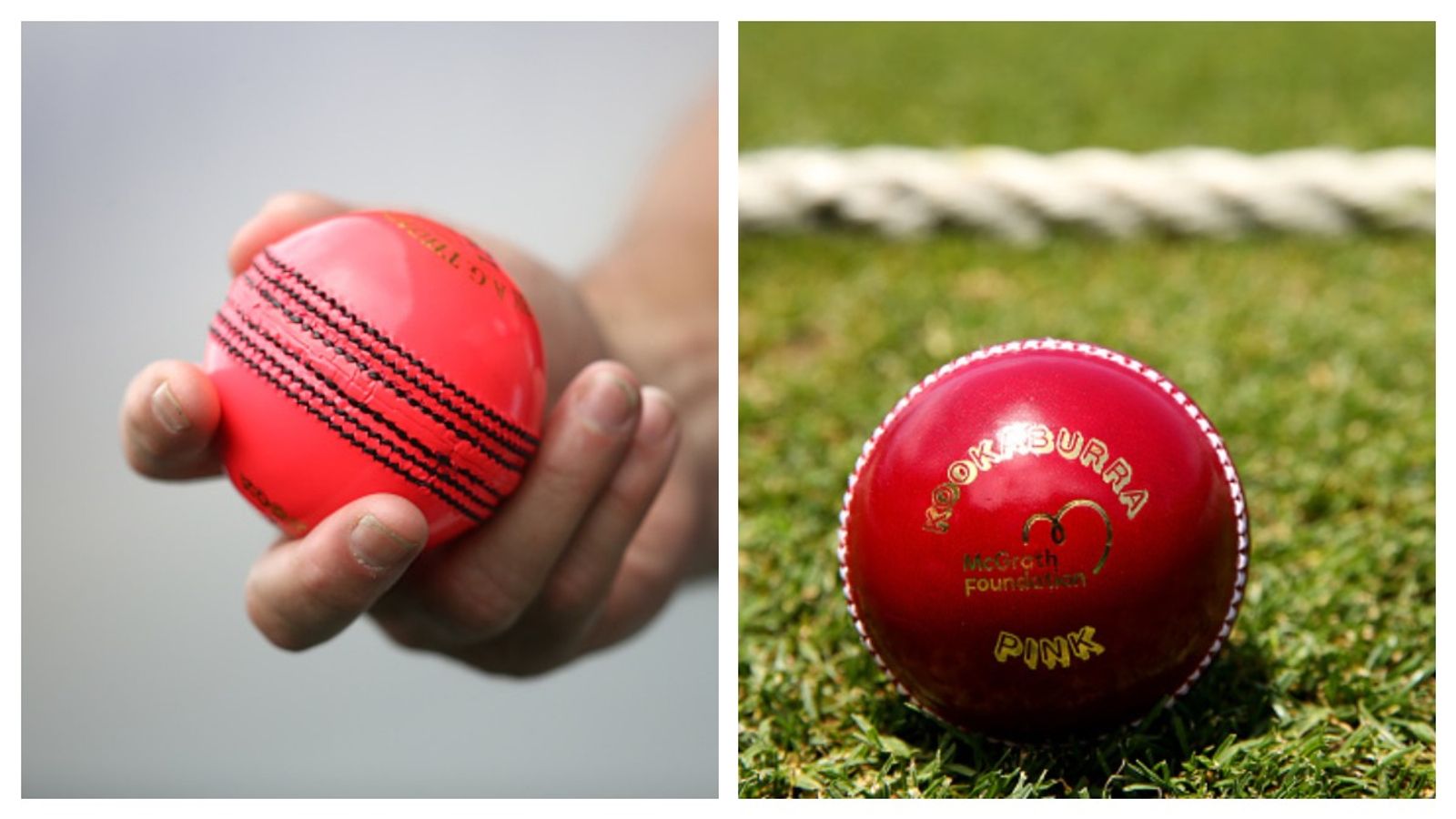The Border-Gavaskar Trophy 2024-2025 series between India and Australia is set to take an exciting turn with the upcoming Day-Night Test in Adelaide, which is scheduled to start from December 6. As the red ball gives way to the pink ball, India and Australia will renew their intense rivalry under the lights. The pink ball has captivated cricket fans for nine years and 22 Test matches. Over time, certain trends have become evident, fast bowlers thrive on it, batters usually struggle, Australia dominate, and every match seems to yield a definitive result.
Amidst all the buzz around the Day-Night Test between India and Australia, let's know what makes the pink ball different from red ball and it's impact under lights.
Know all about the difference between Pink Ball and Red Ball
To enable day-night Test cricket, a new ball color was necessary to ensure visibility under artificial lights. While pink, yellow, and orange balls were trialed, pink was ultimately selected. Unlike the traditional red ball, which is dyed, the pink ball is coated with polyurethane.
A key difference between the two is the seam color. The pink ball features a black seam, a change made in 2016 to enhance visibility. The additional layer of lacquer on the pink ball majorly impacts its behavior, leading to increased swing, especially under lights. This extra layer also contributes to the ball's durability, maintaining its shine for longer and creating challenging conditions for batters.
The coating allows the pink ball to retain its shine for longer, leading to prolonged lateral movement in the air. Additionally, the smoother surface of the pink ball results in less friction, causing it to skid more off the pitch and maintain its pace. This dual characteristic, of both swing and skid, makes it challenging for batters to anticipate and react to the ball's trajectory. Batters are accustomed to the predictable behavior of the red ball. However, the pink ball's unique properties demand a quicker reaction time from batters as it can deviate from its expected path. This adjustment to the different ball behavior poses a big challenge for the batters.
Playing conditions of Day-Night Tests
In 2012, the International Cricket Council (ICC) introduced a big change to the traditional format of Test cricket by approving day-night Test matches. This innovative move aimed to revitalize the longest format and attract a wider audience. The inaugural day-night Test match took place in 2015 at Adelaide Cricket Ground between Australia and New Zealand.
The primary distinction between a day-night Test and a traditional Test lies in the use of a pink ball instead of the customary red ball. This change is crucial for enhancing visibility under artificial lighting conditions. To accommodate the day-night format, the traditional tea break remains, while the lunch break is replaced by a dinner break. This adjustment ensures optimal playing conditions and spectator experience.
The upcoming India-Australia Test in Adelaide will be the 23rd day-night Test match out of which Australia have played 12 of them. Meanwhile, India have participated in four day-night Test matches, three of which were hosted at home. They have secured victories against Bangladesh in Kolkata (2019), England in Ahmedabad (2021), and Sri Lanka in Bengaluru (2022). The upcoming match against Australia will mark India's return to day-night Test cricket after a hiatus of nearly three years.
Australia's Playing XI for the 2nd Test against India:
Meanwhile after suffering a hefty 295-run defeat against Indian in the series opener in Perth, Australia have announced a change to their playing XI for the second Test against India in Adelaide. Pacer Scott Boland has been included in the team, replacing the injured Josh Hazlewood. Notably, this will be Boland's first Test match in nearly 18 months, his last appearance being in the Ashes series last year.
Usman Khawaja, Nathan McSweeney, Marnus Labuschagne, Steve Smith, Travis Head, Mitch Marsh, Alex Carey (WK), Pat Cummins (C), Mitchell Starc, Nathan Lyon, Scott Boland


